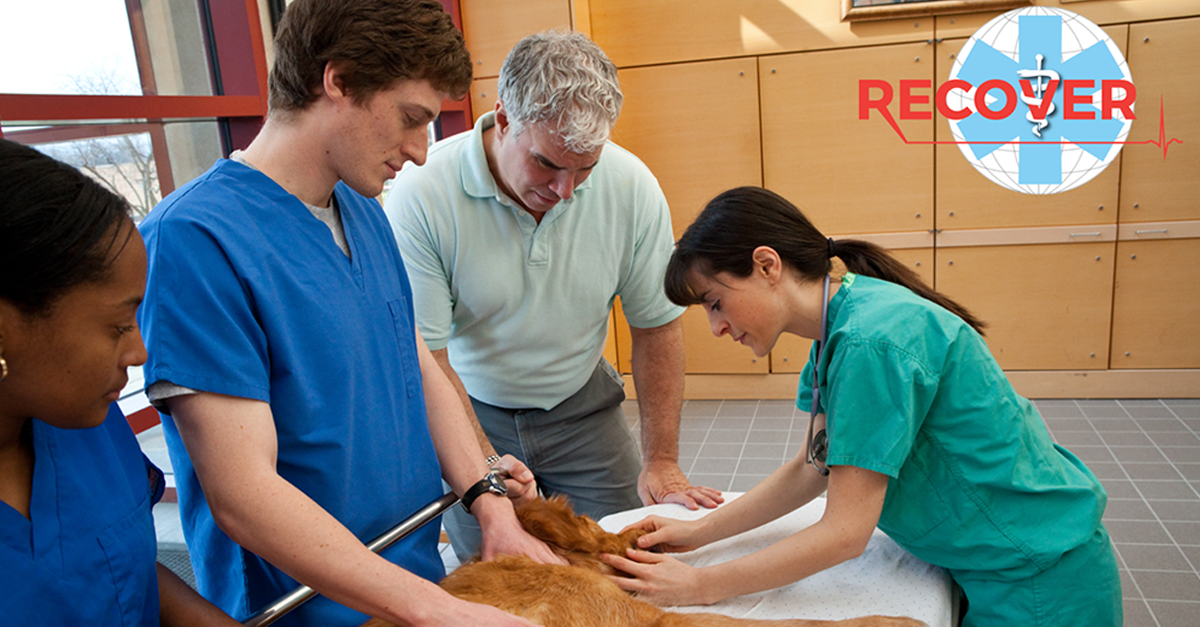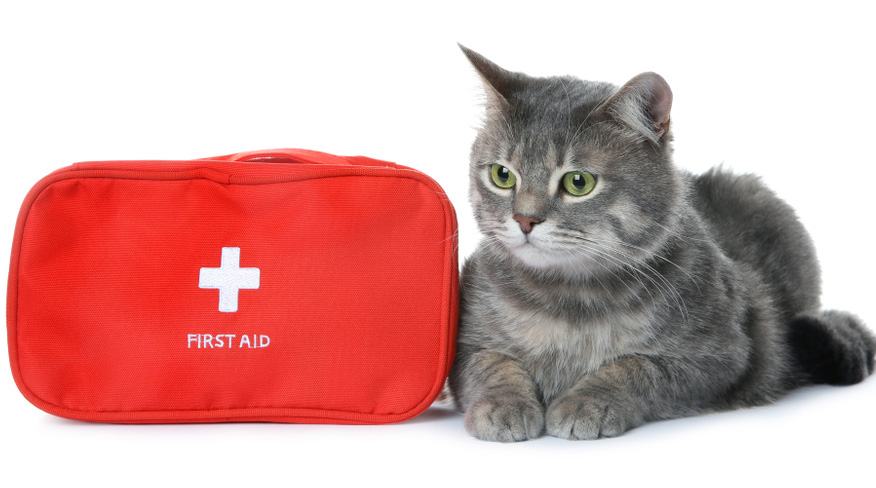3 Ways CPR Training Makes Work Better: Ken Yagi's Story
Veterinary technicians sometimes feel underutilized and unfulfilled at work. Standardized CPR training may be one solution to an elevated future for...
2 min read
Viticus Group : June 17, 2019 10:41:56 AM PDT

Dr. Daniel Fletcher reviews the process behind creating standardized CPR guidelines, the RECOVER Initiative, and new, exciting ways to get up-to-date, evidence-based CPR training.
Putting animals under anesthesia comes with the slight chance that some will react poorly to the drugs, leading to cardiac arrest. In these heartbreaking cases, CPR is needed immediately. For a long time, the only training veterinarians and veterinary technicians received was the one time during school, with out-of-date information that wasn’t backed by evidence-based studies.
Dr. Daniel Fletcher, PhD, DVM, DACVECC, helped change that, creating the RECOVER Initiative and the first-ever standardized guidelines on CPR in veterinary medicine. Through his and his colleagues’ studies, we’ve learned vital information about correct procedures that save countless animal lives.
During an interview with Dr. Fletcher in the Quick Cup of Knowledge video “CPR Training”, he mentions a few things to know when it comes to CPR.
#1: How Many Compressions per Minute?
Thanks to more recent research, we now know that 100–120 chest compressions per minute is much more likely to get a return of spontaneous circulation, as opposed to the previously taught 60–80 compressions per minute.
Dr. Fletcher says that still, when he asks the question, many veterinarians and veterinary technicians answer and say 60–80 compressions per minute.
#2: Hands-on Training with a Simulator
Before the RECOVER Initiative, there weren't any animal CPR simulators for veterinary professionals to practice on. Dr. Fletcher helped create the world’s first high-fidelity canine patient training simulator.
It was originally built by manually putting a human CPR simulator machine into a dog dummy, but now there are plenty of professionally built simulators at in-person certification classes. For Dr. Fletcher, it's an effective teaching tool that solidifies participants’ confidence in applying what they’ve learned in lecture.
#3 More Success is Possible!
Fortunately, if veterinary professionals are trained in the most up-to-date CPR procedures, they have a pretty high likeliness of success. About 50% of animals who arrest can survive to discharge if CPR is done right away, according to Dr. Fletcher. That is why his online and hands-on training done with the RECOVER Initiative is so imperative, ushering in the new age of standardized CPR training.
To learn how to get CPR certified, check out information regarding WVC’s Veterinary Technician Symposium this year or visit the RECOVER Initiative website.
Stay in the Know!
Click the link to subscribe to our YouTube channel or check out our FREE Resource Library full of great podcasts, videos, and digital downloads!
Disclaimer
Content may contain advertising and sponsorships. Advertisers and sponsors are responsible for ensuring that material submitted for inclusion is accurate and complies with applicable laws. We are not responsible for the illegality or any error, inaccuracy or problem in the advertiser’s or sponsor’s materials.
Advertising and sponsorship material and/or opinions are not are not a reflection on Viticus Group.

Veterinary technicians sometimes feel underutilized and unfulfilled at work. Standardized CPR training may be one solution to an elevated future for...

We all know there’s a dark side to social media, but maybe we don’t realize the extent of the damage and hurt that is going on in the veterinary...

Happy pets are just good business. If you're unsure if becoming Fear Free Certified is worth the investment, look no further.